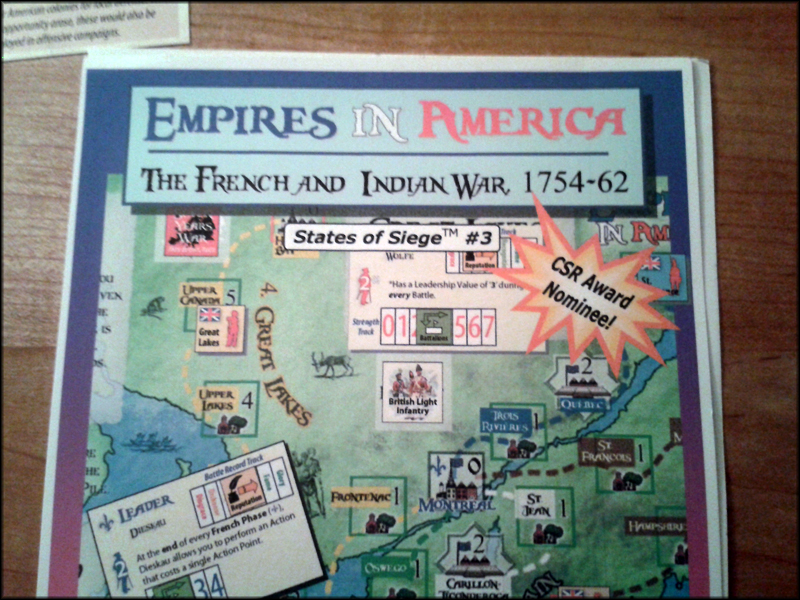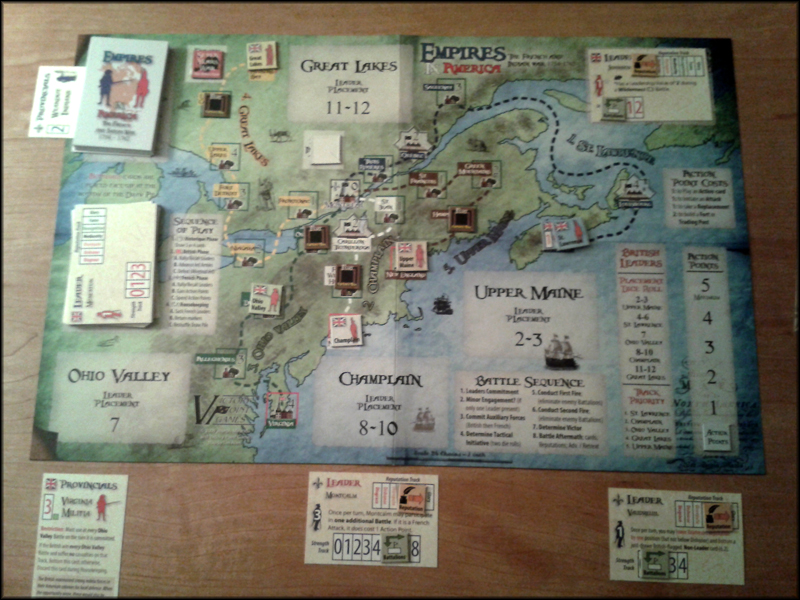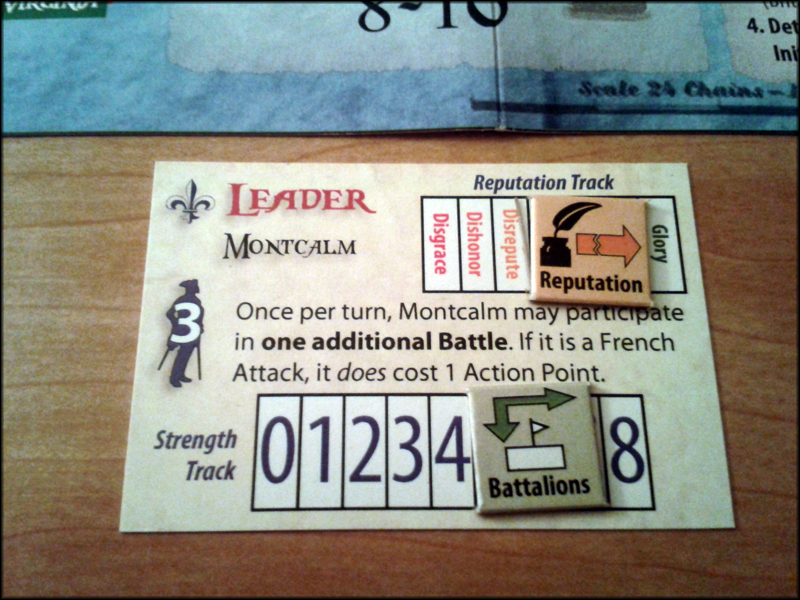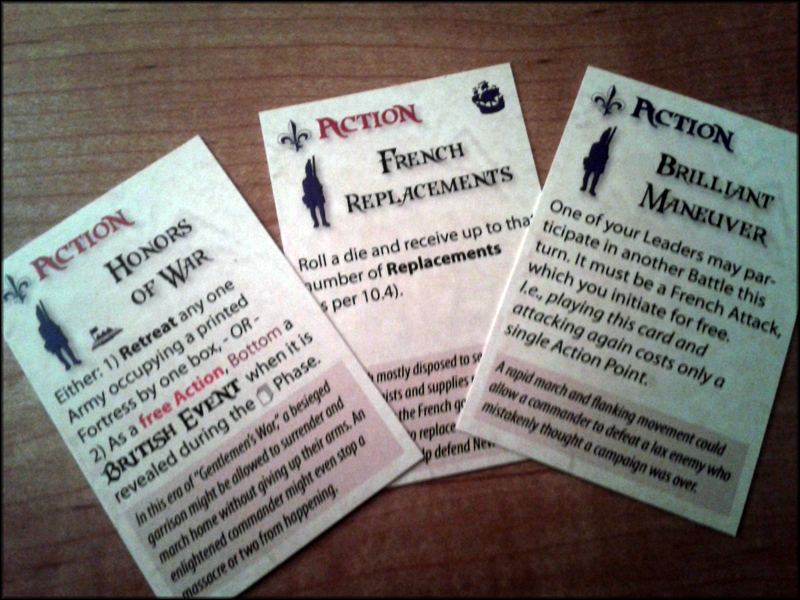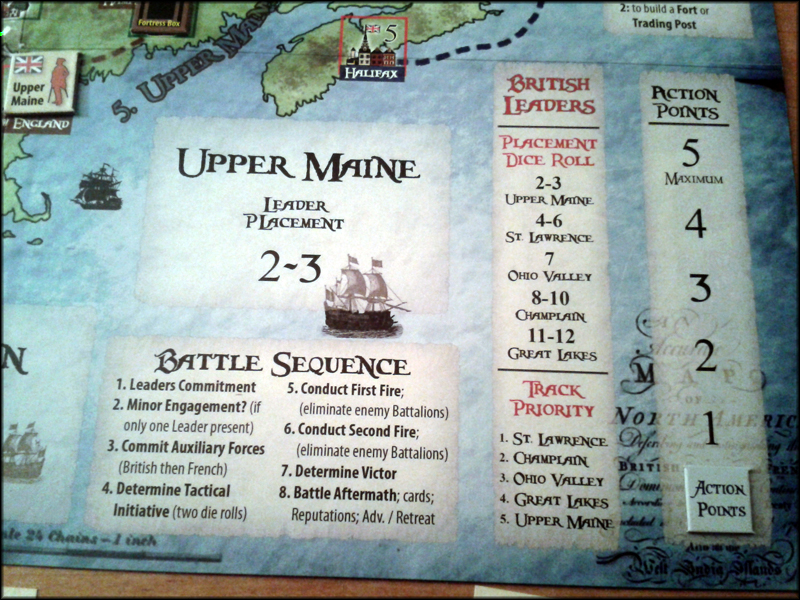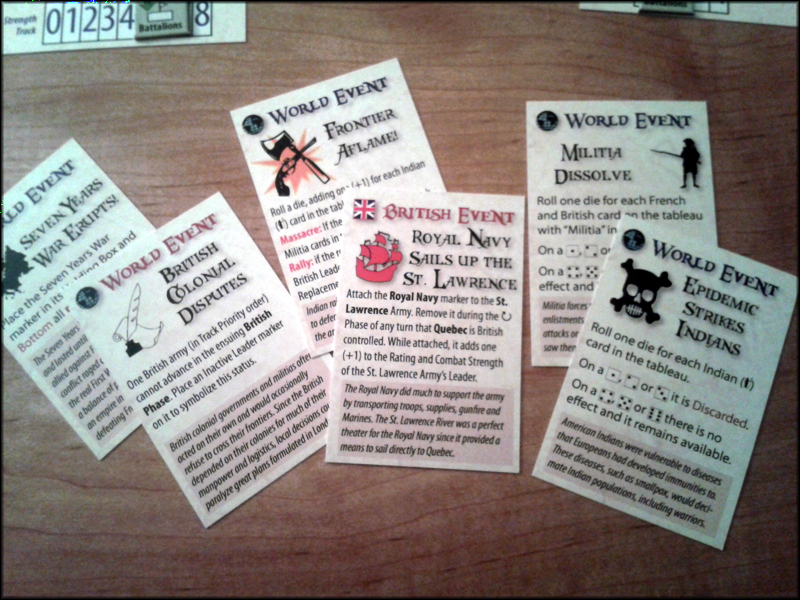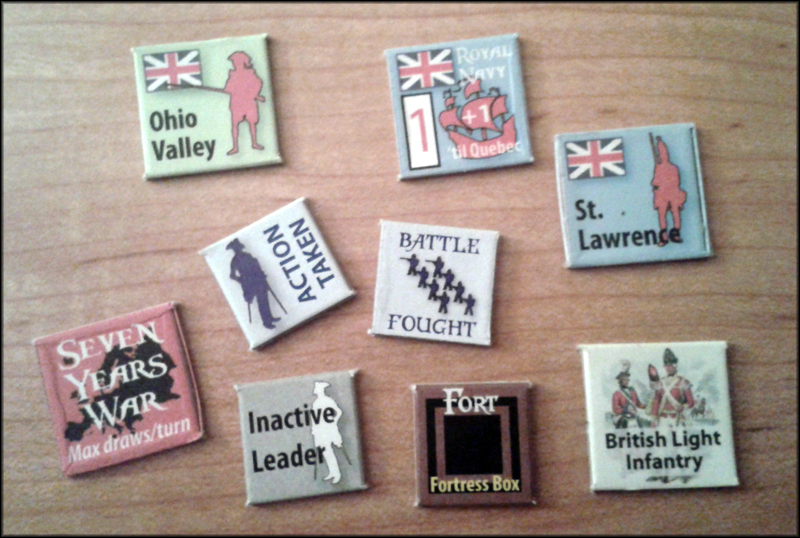 |
Keep Calm and Grog On! |
|
| Home | About Us | Article Index | Forums | Dice | GrogShop | GH ON FACEBOOK | GrogNews |
Let Your Grog Flag Fly!Recent ArticlesGARPA 17, 4/26/13 SimCity AAR Part 1, 4/25/13 Announcing MayViation, 4/24/13 Second Look at Wargame AirLand Battle, 4/21/13 First Look at Wargame AirLand Battle 4/19/13 AAR of Dark Age Minis Battle, 4/18/13 Video Review of Zulus on the Ramparts, 4/14/13 GARPA 16, 4/12/13 Crusader Kings II AAR Part 16, 4/11/13 Book Review: Ninja: 1000 Years of the Shadow Warrior, 4/10/13 Review of Bioshock INfinite, 4/7/13 Review of XFX PRO650W Core Edition PSU, 4/5/13 Civilization V AAR, Part 13, 4/4/13 Fire with Fire, 3/31/13 GARPA 15, 3/29/13 Civilization V AAR, Part 12, 3/28/13 Wheaton INterview, 3/27/13 March Mayhem Winner, 3/25/13 Warlock Multiplayer AAR, 3/21/13 WWII PTO Alternate Histories, 3/20/13 GARPA 14, 3/15/13 Crusader Kings II AAR, part 15, 3/14/13 Civilization V AAR, part 11, 3/7/13 Prezcon Convention Coverage, 3/2/13 Civilization V AAR, part 10, 3/3/13 |
Empires in America, ReviewedDesigned by Joe Miranda for Victory Point GamesBy Brant Guillory, 13 July 2012A perfect blend of size, simplicity, and skill, Empires in America challenges players with an interesting variation on a tower defense scenario, well-blended with a nice dash of history.Victory Point Games is still considered by some to be a "small" publisher. If so, I'm curious what the definition of "small" is. These guys churn out a game a week - and excellent games, too. One way they're able to do so is by relying on some well-tested basic mechanics, such as the solo game rules known as the States of Siege series. These card- and track-movement-driven games provide a player with a significant and well-balanced challenge, in a variety of genres, including the Israeli War for Independence, and the fall of the Ottoman Empire. Empires in America, the third entry in the States of Siege series, covers the French and Indian Wars in North America. A precursor to the American War for Independence, the French and Indian Wars were the battles in New World as a part of the larger Seven Years' War across the globe between various European powers.
The States of Siege series is a variation on a "tower defense" mechanism, in which the player takes on an essentially defensive role at the center of the map, pressed from all sides by the attacker, controlled by a combination of cards and rules. The player must juggle a variety of resources, leaders, and capabilities to hold the attackers at bay. The player takes on the role of the French in the New World, defending their American possessions against the combined English/Colonial forces. The French player's "tower" - the center of their defense - is Montreal. This center of gravity in the New World is the prize for the English, and the key to French defenses. The English attack along 5 axes: Upper Maine, St Lawrence, Champlain, Ohio Valley, and Great Lakes. Some concessions to game organization are made (such as "Virginia" being the starting point for the Ohio Valley) but although the actions of the British did not follow these pathways exactly, it's a close enough approximation to make for a compelling set of options within the game.
Units are represented by their leaders, with each leader having three attributes: leadership (essentially, how good of a tactician he is), battalions (roughly analogous to "strength"), and reputation, a measure of precedence within their ranks. Leaders are capped at certain numbers of battalions, and may have special abilities, as well. Most of the French leaders allow the player to use some sort of bonus action, such as an extra attack, or re-using a card. Each turn, British forces advance along any of the five tracks that have a leader present. French forces may counter them, but need a leader to fight back. French forces do have fortresses along their tracks (and can build more) that will force the Brits to stop and fight at any location with one present.
Leaders don’t just fall out of trees, however. They are drawn randomly from the card deck, and put into play on either side as they are deployed to the New World. Additionally, there are limiting mechanisms to keep one side from overwhelming the other with too many leaders based on the shuffle of the cards. If one side ends the turn with too many leaders in play compared to the other, then they must sack leaders (relieve them from command), starting with the lowest reputation first. Other cards to be drawn include militia or other units, actions that can alter events on the map, or a few key world events that dramatically alter the game. Militia forces, and most other units drawn this way, are placed on the table in front of the player and only committed once a battle is joined. Additionally, cards that provide additional forces will tell the player when they may be committed, and in some cases when they must be committed. Also, the historical notes at the bottom of many of the cards are nice informative nuggets; they may not be new to many knowledgable military history buffs, but they're interesting and in no way a waste of space.
Battles are rather simple affairs, with one side firing first based on the number of battalions present. Damage is inflicted, and then fire is returned. Cards on the table, such as militia units or artillery garrisoned in a fortress, will offer bonus rolls. Combat only lasts a single firign round, so unless the defender is defeated (and retreats), the attaker returns to the space from which he attacked. The losing commander’s reputation is then adjusted, unless he was killed in the battle.
The key to Empires in America is not the tactical management of the battle, which has too few options to truly affect any one engagement. The key is in the strategic juggling/management of your resources to keep the English at bay until they either give up and go home (unlikely) or until they take Montreal (far more probable). “Victory” in this game is not defined necessarily as “winning the war.” In fact, the French got their fuzzy hats handed to them by the Brits, and the historical outcome was quite ugly for them. As per the published victory conditions with the game, you can lose the war, and still fare better than the French historical performance.
My first game was actually a British nightmare. A combination of stellar die rolls (I went 4-5 battles before even losing a single battalion) and certain global events coming up early in the deck meant that my French defenders didn’t have to fight a very long war, and what they did fight they fought quite well. By the time the English were sailing their fleet up the St Lawrence River, I was already holding strong on the Ohio Valley and Great Lakes fronts, and the Champlain axis was at a standstill, with several fortresses ensuring slow going for the Brits. My second game, however, was straight out of a college history course. In fact, if a history professor had been looking over my shoulder, I would’ve been commended for my excellent recreation of the events of the war, as Montreal was doomed by a variety of poor French field performances, with a hefty assist to the English by their colonial militias.
Overall, Empires in America is an excellent game, in a small footprint. For many grogs who lack time and space to play extended games, and who may lack opponents to play at all, Empires in America is a fun, compact challenge that can be knocked out in an afternoon, without clearing a lot of space on the table. It offers insight into a war that’s not been heavily portrayed before, but in a milieu that’s familiar to wargamers. It is also accessible enough that it can be used to teach younger kids (ages 10-14 or so) how wargames can offer insights into history, and help move them along their pathway to full groghood. The grumpy grog says: Empires in America sneaks up on you like an Indian assault in the northern wilderness. It comes out of nowhere with a smooth, subtle, and highly effective kick to your dice tower. In a good way. |
Please support the folks that support GrogHeads
|
Copyright ©2012-2019, Grogheads, LLC. All rights reserved in the United States and throughout the world. All other products and copyrights mentioned on Grogheads, LLC are the property of their respective companies, and Grogheads, LLC makes no claim thereto.
GrogDice - Refresh the screen to roll a new set!
Or go here to roll a LOT of dice
